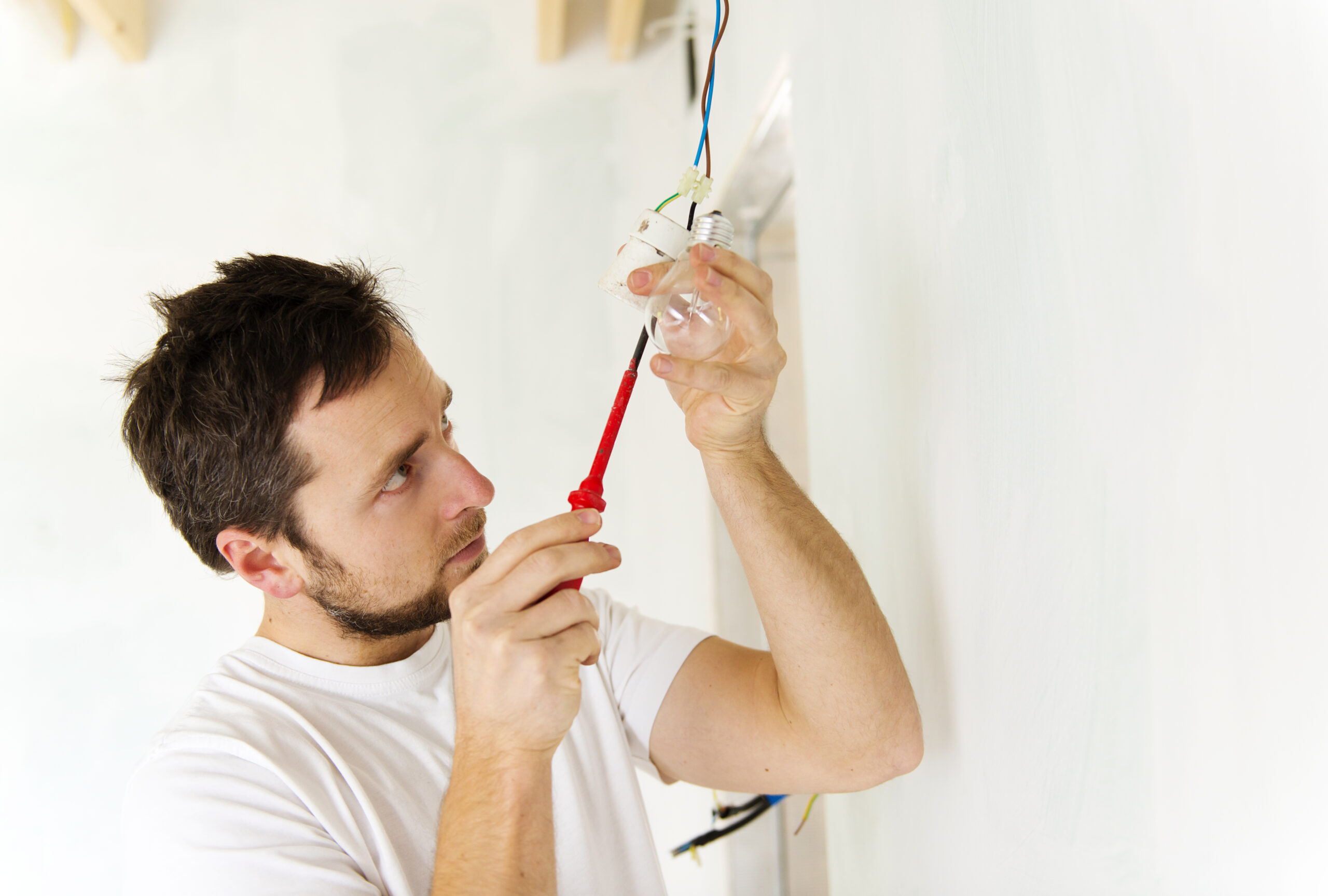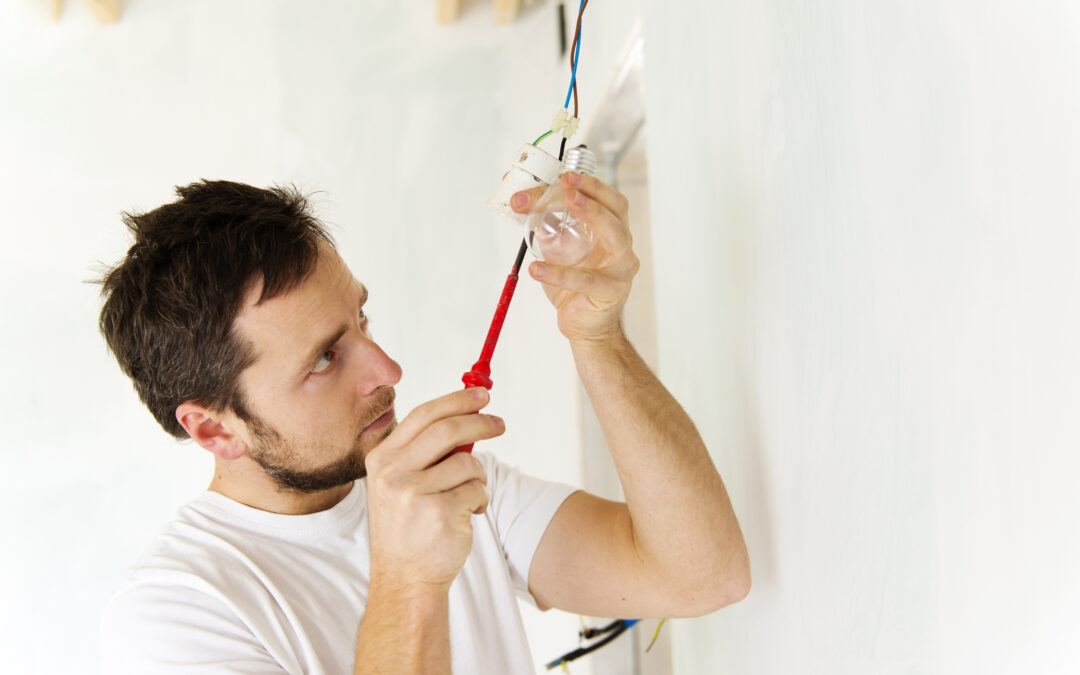Disaster preparedness is an essential aspect of ensuring your family’s safety. It involves taking proactive steps to prepare for potential emergencies that could affect your home, community or region. In this blog post, we will discuss how you can assess your home’s vulnerabilities, build an emergency kit, create a communication plan, practice different scenarios, maintain your preparations and more.
Introduction to Disaster Preparedness
Disaster preparedness starts with understanding the types of disasters that are most likely to occur in your area. This includes natural disasters such as hurricanes, earthquakes, floods, wildfires, tornadoes, and blizzards. You should also be aware of man-made disasters such as power outages, terrorist attacks, and hazardous materials spills. Once you have identified these potential risks, it’s crucial to take action to protect yourself and your loved ones.
Assessing Your Home’s Vulnerabilities
The first step in disaster preparedness is to assess your home’s vulnerabilities. This means identifying areas where your home may be susceptible to damage during a disaster. For example, if you live in an area prone to flooding, you need to ensure that your basement is waterproofed and that you have a backup generator in case of power outages. Similarly, if you live in an area prone to wildfires, you need to make sure that your home is equipped with fire-resistant materials and that you have a evacuation plan in place.

Building an Emergency Kit
Once you have assessed your home’s vulnerabilities, it’s time to build an emergency kit. An emergency kit should include supplies that will help you survive for at least 72 hours after a disaster strikes. Some essentials to include in your emergency kit are non-perishable food items, bottled water, flashlights, extra batteries, first aid supplies, medications, and personal hygiene products. It’s also important to have a portable radio so that you can stay informed about the situation outside.
Creating a Communication Plan
Communication is critical during a disaster. You need to have a plan in place to communicate with your loved ones both during and after the disaster. This means having designated meeting places, establishing contact with friends and family members who don’t live near you, and making sure everyone has access to a phone or other communication device. You should also consider investing in a satellite phone or walkie-talkies since cellular networks may not work during a disaster.
Practicing for Different Scenarios
It’s essential to practice for different scenarios so that you know what to do when disaster strikes. This means conducting regular drills and practicing various scenarios such as evacuating your home, sheltering in place, and communicating with loved ones. By practicing these scenarios regularly, you will feel more confident and prepared when faced with a real emergency.
Maintaining Your Preparations
Finally, disaster preparedness requires ongoing maintenance. This means checking your emergency kit periodically to ensure that all supplies are up-to-date and that nothing has expired. You should also test your smoke detectors and carbon monoxide alarms regularly and replace their batteries as needed. Additionally, you should review your communication plan with your family members every six months to ensure that everyone knows what to do in case of an emergency.
In conclusion, disaster preparedness is vital to keeping your family safe and protected from harm. By following the tips outlined above, you can minimize the impact of any type of disaster and ensure that your family is ready to face whatever comes their way.




